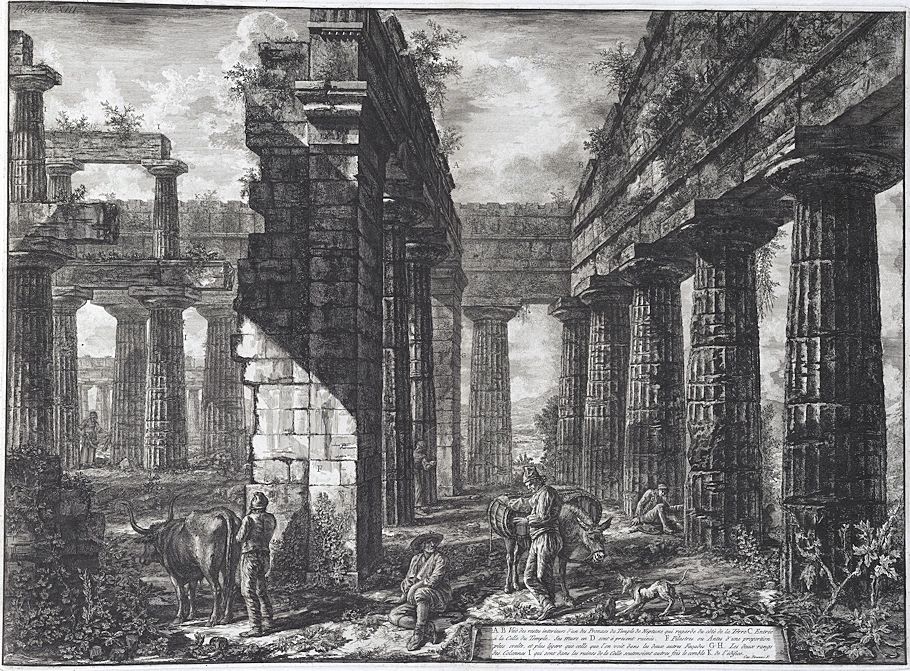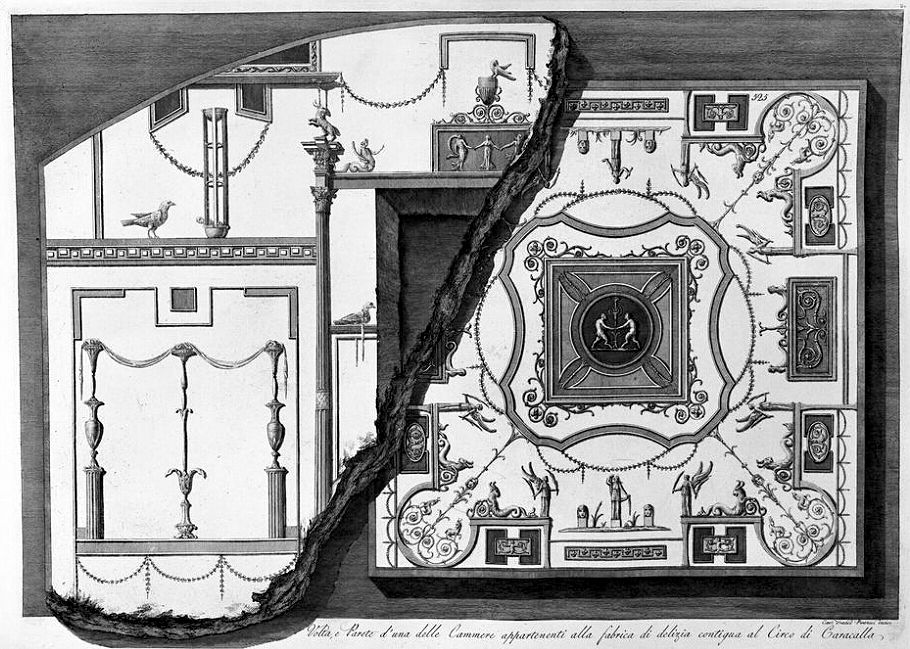16 September 1778

16 September 2014
The End of History?
I've done a lot of research into the 'architecture' of Helena and Eutropia and Constantine, first occurring within Rome (late 312-326) and then Palestine (325 and c.327) and then Trier (327). [I'm writing dates from memory, so I might be off a year here or there.] Constantine is credited with 'building' the church of the Holy Sepulcher (although a law of silence regarding Helena's role there was in place 326-c390); Helena is credited for the churches at Bethlehem and at the site of the Ascension (now the site of a Mosque); Eutropia is credited with the church at the Abraham/Isaac site at Hebron. The Stations of the Cross/Via Dolorosa are (somewhat much) later 'institutions', and nothing to do with Helena et al directly. The notion of Helena having found the True Cross is an historical event, however, I've come to the conclusion that it was a hoax (of good will) devised and implemented by Helena, Eutropia and Constantine. A hoax, moreover, that backfired because the Christian priesthood thereby gained a certain 'supernatural' power over the Imperial power. The Imperial law of silence regarding Helena's role at the Holy Sepulcher (instituted upon Helena's death 25 July 326) was how the Christian priesthood was put back in their place.
There was a Temple of Venus (built under Hadrian) at the site of the Holy Sepulcher, which was first torn down. It was as a result of this demolition that Helena 'found' the Cross.
All this building activity happened amidst Imperial/political wars/struggles--the Empire went from being a tetrarchy (290s) to Constantine being sole emperor 325. The building boom was also the result of the lifting of the legal persecution of the Christians (c.303-c310 in the West, 303-324/5 in the East), where the Christians were given back their property.
A lot of what you find in 'history' today regarding Helena and the Holy Land is still based on Christian legend. There is little 'main-stream' historical study of Helena and Eutropia via all the architecture they 'built' outside of my own, so the 'legends' persist. Of course, I could be wrong in my conclusions, but something tells me I've gotten very close to understanding what actually happened.
16 September 2022
"It is usual, and quite correct, to describe Piranesi as a great etcher and as a great draughtsman. But he was also an architect and that is how he would have wished us to think of him. It is true that he built very little; but in his age, it was easier than it has ever been, before or since, to display architectural genius without building."
Nicholas Penny, Piranesi (London: Oresko Books Ltd., 1978), p. 5.

Volta e parete d'una delle camere appartenenti alla fabbrica di delizia contigua al Circo di Caracalla.
Vault and wall of one of the rooms belonging to the delight [factory?] adjacent to the Circus of Caracalla.
Francesco Piranesi
If only Piranesi and Francesco knew they were dealing with remains of the reign of Maxentius, the apotheosis of pagan Roman culture.
"It is likely that when Vanvitelli expresses his total opposition to Piranesi's appointment as cathedral architect in his letters to his brother, he is not merely expressing a personal opinion but echoing that of his superiors, the members of the Fabbrica board. On 11 February 1764, evidently commenting on the news relayed in the Diario entry of 7 February that mentions both Marchionni and Piranesi in connection with the St. John Lateran project, he wrote the following famous words about Piranesi, "It is really amazing that the lunatic Piranesi dares to become an architect; I will merely state that it is not a profession for lunatics and it is a pity about the 100,000 scudi that they want from [the Reverenda Fabbrica di] San Pietro, and that they will certainly get, mark my words." And on 25 February, following the postponement of the work due to the worsening of the famine, he concludes, "Maybe, if the Pope reflects well on the matter, he will suspend the renovation of St. John Lateran; the real reason for so doing is that he should not allow a madman to direct such work, because he is not capable of it."
Susanna Pasquali, "Piranesi Architect, Courtier, and Antiquarian" in The Serpent and the Stylus (Ann Arbor, MI: The University of Michigan Press, 2006), p. 176.
|